|
DAVINCI - SALVATOR MUNDI - PAGE 2
|
The Four Temperaments |

Dimensions of personality |
- There are four primary temperaments
that are a part of human behavior.
- All the major theories recognize the four dimensions (temperaments) of behavior: Sanguine,
Choleric, Phlegmatic, and Melancholy.
|
Do not be conformed to this world, but be transformed by the renewal of your mind, that by testing you may discern what is the will of God, what is good and acceptable and perfect. (Romans 12:2) |
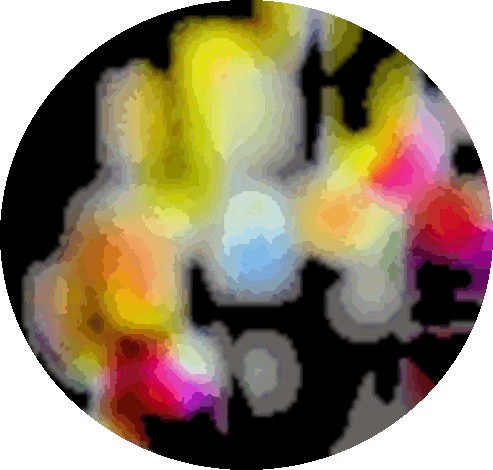
Temperament style |
-
Temperament is an individual's emotional and behavioral style of responding to the world,
each individual displays their temperament style from birth.
|
It is the mind that makes the body rich.
(Shakespeare) |
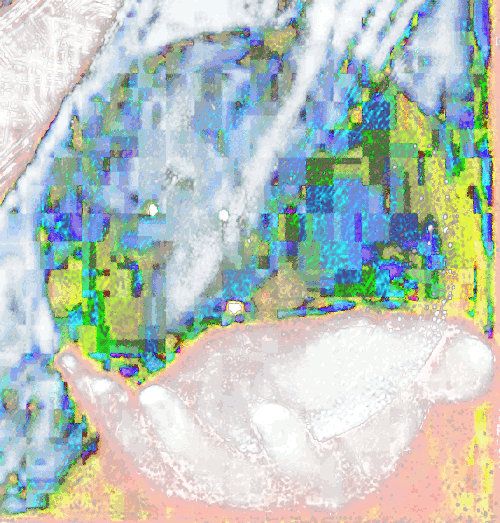
Personality |
- Temperament refers to behavioral style, the 'how' of behavior
whereas personality describes 'what' a person does or 'why' they do things.
|
Temperament and personality are clearly related, but not the same thing, based on both conceptual and empirical grounds. The links are there, but have yet to be completely understood.
(b-di.com) |
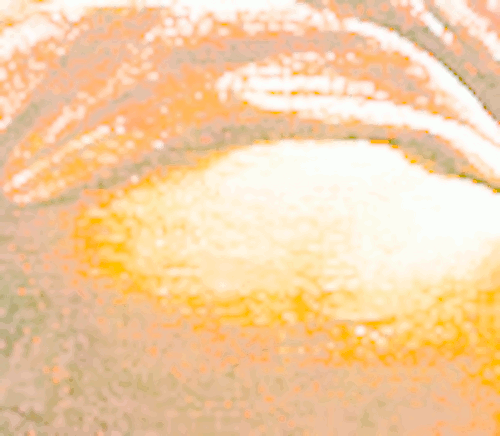
Temper |
-
The Bible does not define temperament or personality types, but it does state that people are different and have various gifts.
- The Bible speaks
indirectly about temperament in several parables.
- Does an angry man do any good for anyone or
to anyone?
- He who is slow to wrath has great understanding, but he who is impulsive exalts folly.
|
A quick-tempered man acts foolishly, and a man of
wicked intentions is hated. (Proverbs 14:17) |
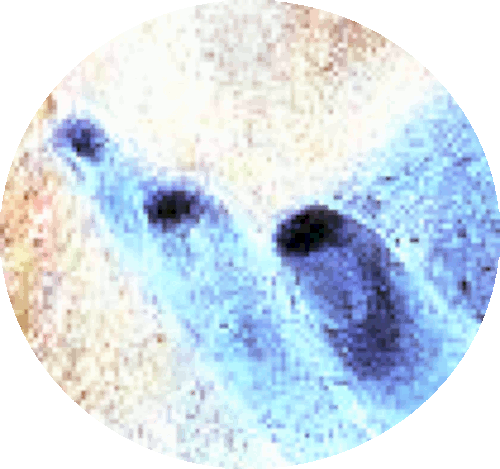
Handful of men |
- The idea that behavior is related to a person’s natural tendencies or temperament has been around for at least 2,400 years.
- There have been a handful of men that have contributed significantly to the development of this concept.
- They were first defined by Greek philosophers Plato and
Aristole.
|
That the man of God may be complete, equipped for every good work. (2 Timothy 3:17) |
|
Hippocrates Humoral |
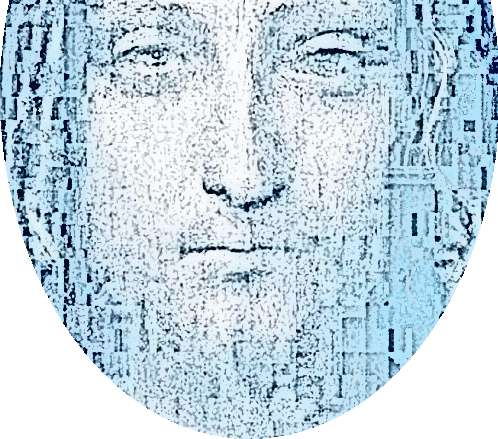
Cup half full or half empty |
- Greek physician Hippocrates (460-370 BC), was the first to look inside man, instead of outside
man as many were doing with astrology during that time.
-
Hippocrates was the first to incorporate the four temperaments
(humors) into medical practice.
|
With mirth and laughter let old wrinkles come.
(Shakespeare, The Merchant of Venice) |

Humoral theory |
- Hippocrates believed that behavior was determined by the presence of an excessive amount of one of four fluids or humors; yellow bile (Chlor); red bile or blood (Sangis); white bile (Phlegm); black bile (Melan).
|
Each humour relates to one of the four elements originally defined in Antiquity (air,
earth, water, fire), a mixture of two qualities (hot, cold, dry, or wet), and a personality
temperament.
(nottingham.ac.uk) |
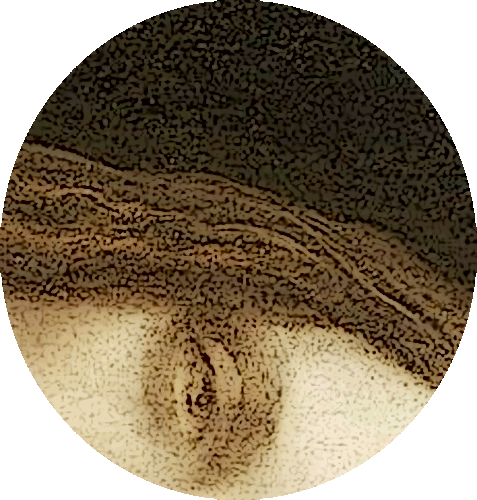
Cardinal humors |
- These four cardinal humors were thought to be related to the four elements of earth, air, fire and water.
- Hippocrates, and other early Greeks, thought that an excess of one of the four humors produced a particular temperament and behavior.
|
Humorism, the humoral theory, or humoralism, was a system of medicine detailing a supposed makeup and workings of the human body, adopted by Ancient Greek and Roman physicians and philosophers.
(Wikipedia) |
|
|
Blood |
|
|
|
Warm |
Dry |
|
|
|
|
Fire |
|
|
|
Yellow bile |
Air |
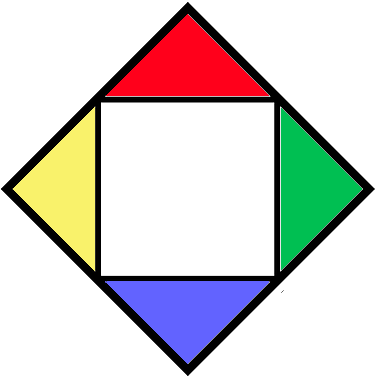
Water |
Earth |
Black bile |
|
|
Damp |
Cold |
|
|
|
Phlegm |
|
- The variant mixtures of these humors in
each human determined their 'complexions,' or 'temperaments,' their physical and mental qualities, and their dispositions.
- The ideal person supposedly had an ideally proportioned mixture of the four.
|
The word “temperament” comes from the Latin word temperamentum and means right blending. The Greeks thought that a person’s “temperament” was therefore made up of a blending of these four fluids.
(fourtemperaments.com) |
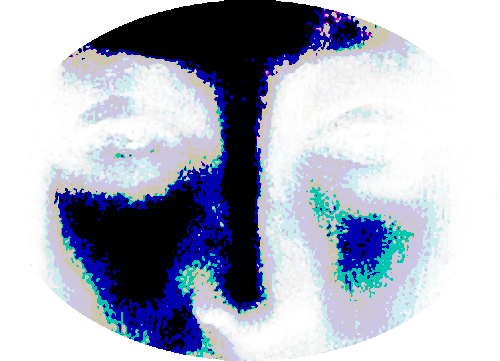
Key elements |
- Hippocrates and the early Greeks were
accurate in their observations of behavior but were incorrect
about the origin of these tendencies (they are not created by
the excess of a fluid).
- Although it's clear that they do
represent the psyche or intent of each fluid or element.
- A patient’s complexion (healthy or unhealthy) was
determined by the balance of these factors.
|
Today we would say that they originate from some genic predisposition, although we cannot be certain.
(fourtemperaments.com) |
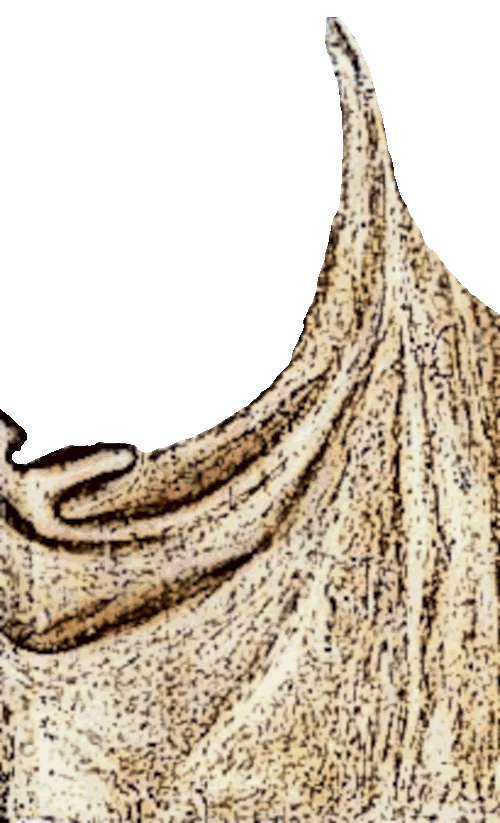
Yellow bile |
- An excess of yellow bile resulted in a temperament believed to be warm/hot and dry, and associated with the element of fire [Choleric].
|
Am I now seeking human approval, or God's approval? Or am I trying to please
people? If I were still pleasing people, I would not be a servant of Christ.
(Galatians 1:10) |

Red bile |
- An excess of red bile resulted in a temperament believed to be warm/hot and wet, and associated with the element of air [Sanguine].
|
A happy heart make the face cheerful, but heartache crushes the spirit.
(Proverbs 15:13) |
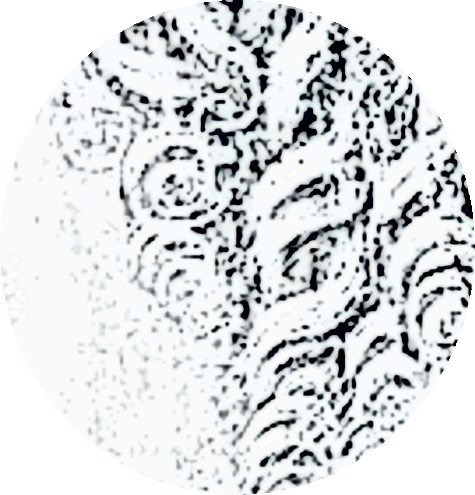
White bile |
- An excess of white bile resulted in a temperament believed to be cool/cold and wet, and associated with the element of [Phlegmatic].
|
A gentle answer turns away wrath, but a harsh word stirs up anger.
(Proverbs 15:1) |
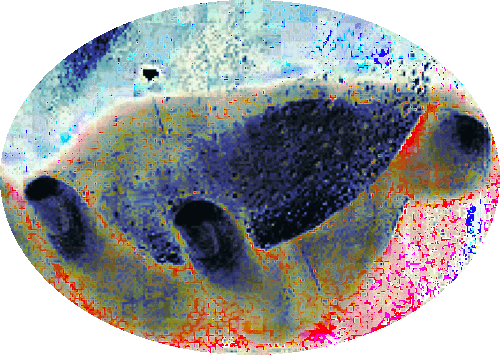
Black bile |
-
An excess of black bile resulted in a temperament believed to be cool/cold and dry, and associated with the element of earth [Melancholy].
|
The prudent see danger and take refuge, but the simple keep going and suffer for
it.
(Proverbs 27:12) |
|
Galen |

Theory of temperaments |
- Galen of Pergamum (130-200 AD) was a physician, who lived 600 years after Hippocrates and was responsible for popularizing the temperaments during his time and relating them to illness.
- He is credited with coining the terms, Choleric, Sanguine, Phlegmatic and Melancholy.
|
His written tretises survived as the medical authority until the 16th-century.
(fourtemperaments.com) |
|
Choloric |
Sanguine |
|
|
Extroverted |
|
|
Task |
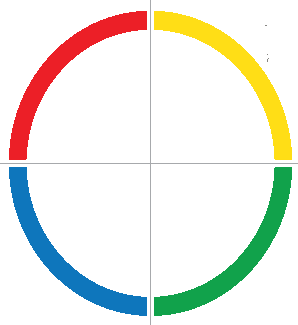
Introverted |
People |
|
Phlegmatic |
Melancholic |
- Galen was a physician to the court of the emperor Marcus Aurelius.
- He was a philosopher, scientist, medical historian, theoretician, and practitioner who wrote prolifically
about an astonishing range of subjects.
|
Galen maintained the idea of the presence of the Platonic tripartite soul, which consisted of "thumos (spiritedness), epithumos (directed spiritedness, i.e. desire), and Sophia (wisdom)". Through this, Galen found a connection between these three parts of the soul and the three major organs that were recognized at the time: the brain, the heart, and the liver. This idea of connecting vital parts of the soul to vital parts of the body was derived from Aristotle's sense of explaining physical observations, and Galen utilized it to build his view of the human body.
(Wikipedia) |
|
Sanguine |
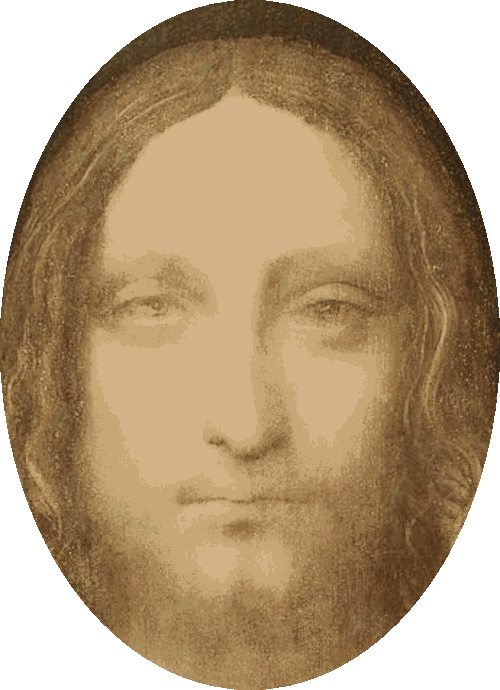
People-oriented |
- Pleasure seeking and sociable.
-
Extroverted people-person.
- Relates to Hippocrates red bile
or blood (Sangis).
- A cheerful and active personality type produced by the dominance of blood.
- Bouyant type.
- Excited, pleasant and shallow-broad.
- Trust me! It'll work out!
|
A happy heart make the face cheerful, but heartache crushes the spirit.
(Proverbs 15:13) |
|
Choleric |
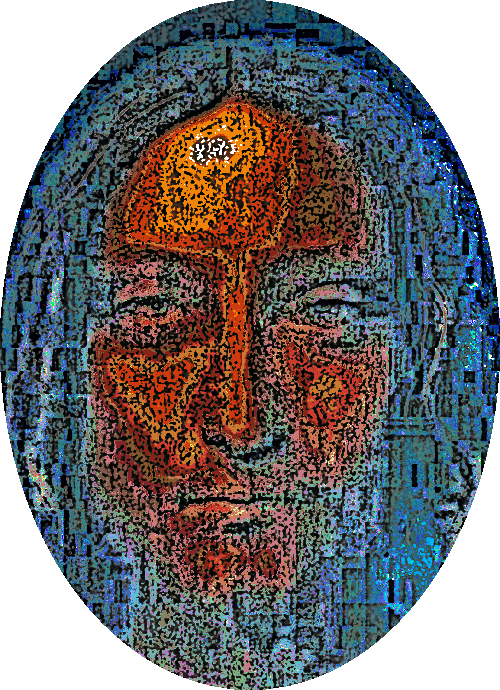
Results-oriented |
- Ambitious leader.
-
Extroverted task-master.
- Relates to Hippocrates yellow
bile (Chlor).
- An irritable and easily provoked personality type.
- Quick-tempered type.
- Excited, unpleasant and
deep-narrow.
- Let's do it now!
|
Each complexion had specific characteristics, and the words carried much weight that they have since lost: e.g., the choleric man was not only quick to anger but also yellow-faced, lean, hairy, proud, ambitious, revengeful, and shrewd.
(britannica.com) |
|
Phlegmatic |

Service-oriented |
-
Relaxed and thoughtful.
- Introverted
people-person.
- Relates to Hippocrates white bile (Phlegm).
-
A calm and serene personality code, who approaches goals in a perseverant and rational manner.
- Sluggish type.
- Calm, pleasant and shallow-narrow.
- Let's keep things the way they are!
|
He makes me lie down in green pastures. He leads me beside still waters.
(Psalm 23:2) |
|
Melancholic |
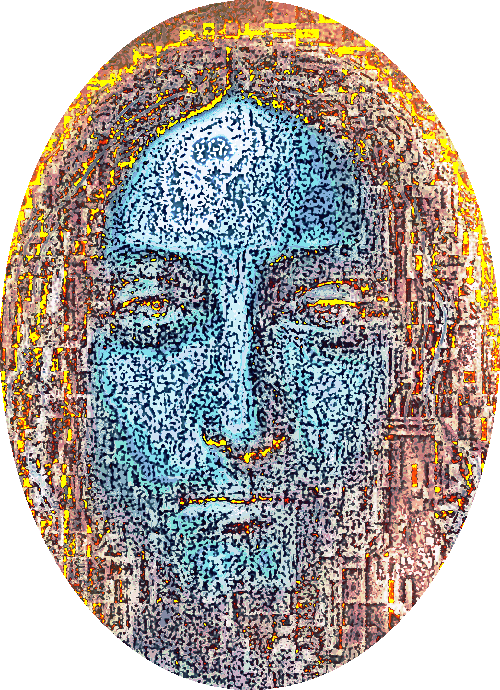
Quality-oriented |
-
Analytical and literal.
- Introverted
task-master.
- Relates to Hippocrates black bile (Melan).
- A sad and brooding personality type produced by the dominance of black bile.
- Dejected type.
- Excited, pleasant and shallow-broad.
- How was it done in the past?
Let's get to the root of the problem.
|
As for ages and the seasons, the child corresponds to spring, the young man to summer, the mature man to autumn, and the old man to winter.
(Galen) |
|
Personality Tests |
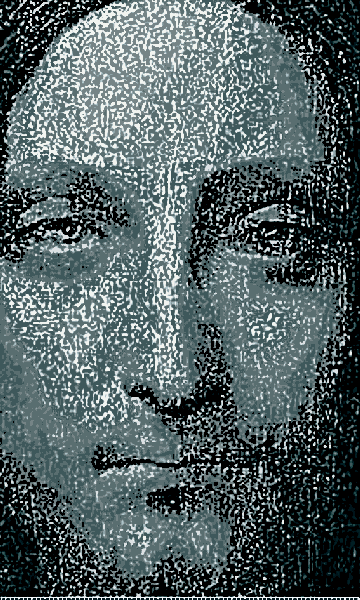
Employer |
- Employers often use different personality tests to understand the character traits of their employees.
- Pre-employment personality assessments are also be used to estimate the likelihood of success in job applicants.
- MBTI is the most popular test used by corporations.
-
Discussed below are Five Factor, MBTI, Keirsey, Enneagram, DISC
and True Colors.
-
Other choices are Caliper Profle, HEXACO and 16
Personality Factor Questionaire, to name a few.
|
There's no art to find the mind's construction in
the face.
(Shakespeare) |
|
Five Factor (Big 5) |

Dimensions of personality |
- Many psychologists believe that there are five basic dimensions of personality, often referred to as the
'Big 5' (Five Factor) personality traits.
- The 5 personality traits are extraversion (also often spelled extroversion), agreeableness, openness, conscientiousness, and neuroticism.
|
All things are ready, if our mind be so.
(Shakespeare, Henry V) |
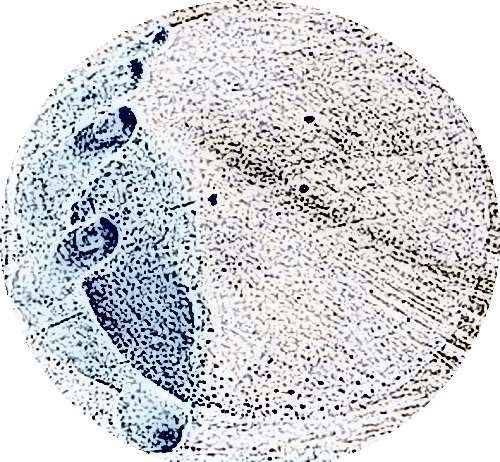
5 personality traits |
- Extraversion is sociability, agreeableness is kindness, openness is creativity and intrigue, conscientiousness is thoughtfulness, and neuroticism often involves sadness or emotional instability.
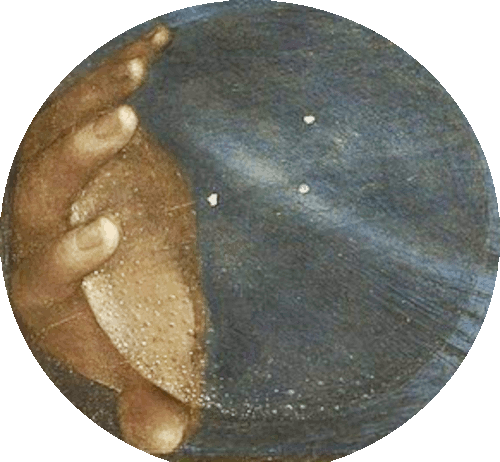
Research tool |
- The Big Five is designed to be a research tool, which is what it is primarily used for.
- It provides information that is easy to quantify and compare to other information.
|
O, what a noble mind is here o’erthrown!
(Shakespeare, Hamlet) |
|
Carl Jung Function |

Temperament |
- Carl Gustav Jung thought that there were four major functions; sensing, intuition, thinking, and feeling, and that each
function could be introverted or extroverted.
-
The four temperament theory was refined by Jung at the
beginning of the 20th-century in his classification of
psychological types.
|
MBTI - Myers-Briggs |

Head space |
- The Myers-Briggs Type Indicator, or MBTI, is based on pioneering psychoanalyst Carl Jung’s ideas about temperament, which Jung developed from observing his patients.
- Katharine Briggs and her daughter Isabel
Briggs Myers began
adapting Jung’s four temperament theory into the MBTI test during World War II
in the 1940s.
|
In my mind's eye, Horatio.
(Shakespeare, Hamlet) |
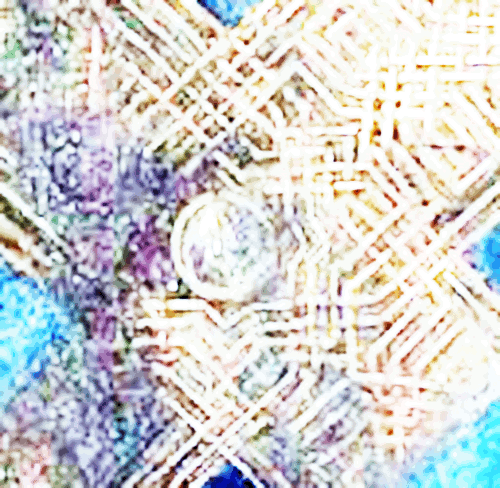
Angles and frameworks |
- The correlation between the MBTI and Hippocrates four temperaments theory is rooted in
a shared goal of interpreting human personality, however, they approach it from different angles and frameworks.
-
The four temperaments model is very shallow and static
because it has only has 4
factors and there’s no explanation as to why the individual does what they do,
it can only describe what the individual does.
- MBTI is
more dynamic and explains why the individual can behave in a certain manner.
|
Frame your mind to mirth and merriment, which bars a thousand harms and lengthens life.
(Shakespeare, The Taming of the Shrew) |
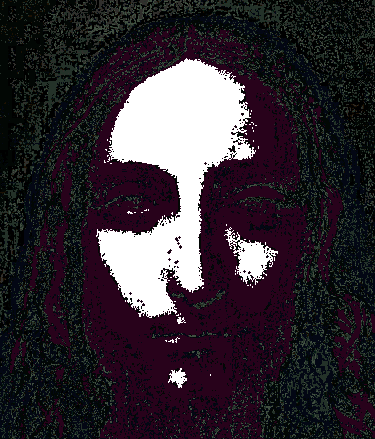
16 types |
- The Myers-Briggs is designed primarily for personal development and reflection
but it doesn't allow for precise measurements, which is why it
is not used for research.
- The MBTI consists of about 90 forced-choice questions, where you must choose between two options
and based on your responses, you're given a four-letter acronym that describes your type.
- MBTI classifies personalities into 16 types based on four dichotomies:
|
Extraversion (E) / Introversion (I)
Sensing (S) / Intuition (N)
Thinking (T) / Feeling (F)
Judging (J) / Perceiving (P) |
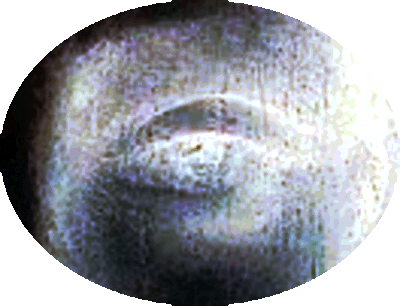
Cognition |
- MBTI is not simply about the individuals behavior it’s really about the cognition of the personality type.
- Cognition is basically how the individual perceives
things.
|
Personality tests often identify key character traits, strengths and weaknesses, but according to research published in Personnel Psychology, they're often unhelpful in predicting job performance. Cognitive ability tests may be more effective in assessing a candidate's professional skills.
(indeed.com) |
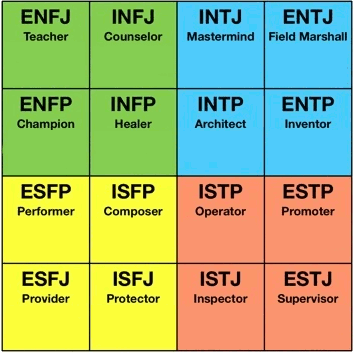
Career path |
- Myers-Briggs personality type can help an individual identify careers
they're best suited for.
- This insight can determine what type of work and workplace environment might best fit
each personality.
|
1. Inspector (ISTJ) |
9. Champion (ENFP) |
|
2. Counselor (INFJ) |
10. Doer (ESTP) |
|
3. Mastermind (INTJ) |
11. Supervisor (ESTJ) |
|
4. Giver (ENFJ) |
12. Commander (ENTJ) |
|
5. Craftsman (ISTP) |
13. Thinker (INTP) |
|
6. Provider (ESFJ) |
14. Nurturer (ISFJ) |
|
7. Idealist (INFP) |
15. Visonary (ENTP) |
|
8. Performer (ESFP) |
16. Composer (ISFP) |
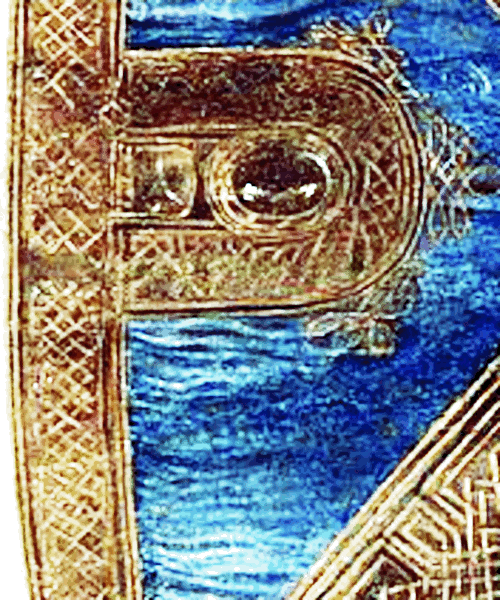
Personality model |
- MBTI has received a lot of criticism from modern psychologists
who prefer the Five Factor personality model over the MBTI.
- The Five Factor model is based on the research of many psychologists, rather than on Jung’s observations alone.
- MBTI tags an individual as either introverted or extraverted
whereas the Five Factor is much more flexible and uses a
sliding scale so someone can be mildy introverted, etc.
- Myers-Briggs Type Indicator (MBTI) is the most popular personality assessment.
|
There is nothing either good or bad, but thinking makes it so.
(Shakespeare, Hamlet) |
|
Keirsey Temperaments |
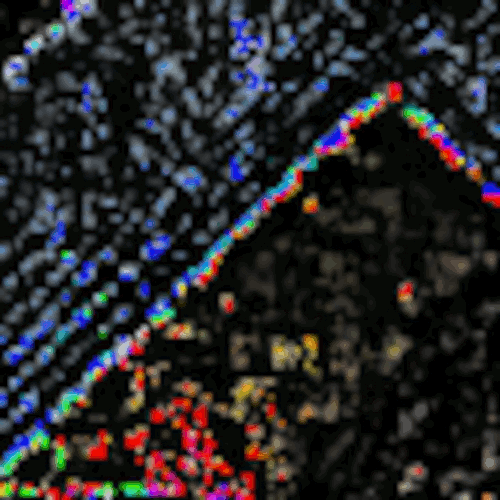
Clusters |
-
Dr. David Keirsey identified humankind's four basic temperaments as the Artisan, the Guardian, the Idealist, and the Rational.
- The Keirsey temperaments are what Plato called 'four kinds of men.'
|
Artisan |
Artistic action, audacity, adaptability |
|
Guardiian |
Reliability, service, respectability |
|
Idealist |
Empathy, benevolence, authenticity |
|
Rational |
Ingenuity, autonomy, willpower |
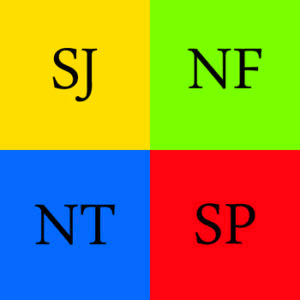
MBTI types |
- Keirsey split MBTI types into four clusters of four types each; the SJs, SPs, NFs, and NTs, which share a good deal in common.
- Keirsey used his four classifications with the
Meyer-Briggs MBRI 16 types.
|
Artisan |
ESTP, ISTP, ESFP, ISFP |
|
|
Promoter, Crafter, Performer, Composer |
|
Guardiian |
ESTJ, ISTJ, ESFJ, ISFJ |
|
|
Supervisor, Inspector, Provider, Protector |
|
Idealist |
ENFJ, INFJ, ENFP, INFP |
|
|
Teacher, Counselor, Champion, Healer |
|
Rational |
ENTJ, INTJ, ENTP, INTP |
|
|
Fieldmarshal, mastermind, inventor, architect |
|
Enneagram of Personality |

Nine types |
-
The Enneagram figure is composed of three parts; a circle, an inner triangle (connecting 3-6-9), and an irregular hexagonal "periodic figure" (connecting 1-4-2-8-5-7).
- The circle symbolizes unity, the inner triangle symbolizes the
'law of three' and the hexagram represents the 'law of seven.'
- The four basic temperaments are included in the nine types
of the Enneagram and are determined by a peronality
questionaire.
|
1. Reformer |
5. Investigator |
|
2. Helper |
6. Loyalist |
|
3. Achiever |
7. Enthusiast |
|
4. Individualist |
8. Challenger |
|
The origins and historical development of the Enneagram of Personality are matters of dispute. Similar ideas to the Enneagram of Personality are found in the work of Evagrius Ponticus, a Christian mystic who lived in 4th-century Alexandria in Egypt.
(Wikipedia) |
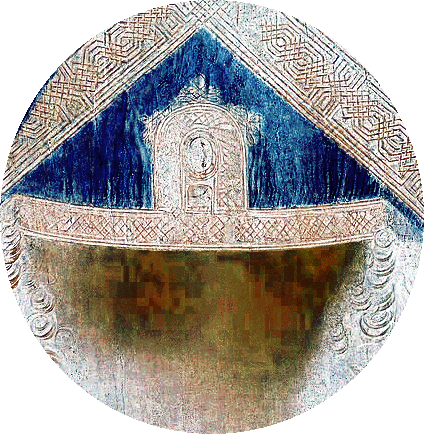
Investigator |
- An Enneagram population distribution study found that type
9, the peacemaker, is the most common type and type 5, the investigator, is the rarest.
- Used in counseling, business, and spiritual settings, the Enneagram helps people understand what drives them.
|
Love looks not with the eyes, but with the mind; And therefore is wing'd Cupid painted blind.
(Shakespeare, A Midsummer Night’s Dream) |
|
DISC Assessments |

Quadrants |
- DISC assessments are behavioral self-assessment tools based on psychologist William Moulton Marston's DISC emotional and behavioral theory
which was first published in 1928.
- According to Marston, people illustrate their emotions using four behavior types: Dominance,
influence, steadiness, and compliance.
- DISC profile asks the participant to pick a description or word that's most like them and one that's least like them.
- The answers appear plotted in one of four personality categories on the DISC circular or quadrant diagram.
|
Thoughts are but dreams till their effect be tried.
(Shakespeare) |
- Many organizations use the DISC assessment in the workplace because it focuses on behavior rather than intelligence, aptitude, mental health or values.
- The DISC personality test has 12 commonly recognized combinations
and each style has its unique strengths.
- Most people fall into one or two combinations in the DISC graph.
|
1. |
D: |
Dominance |
|
2. |
DC: |
Dominance and conscientiousness |
|
3. |
DI: |
Dominance and influence |
|
4. |
I: |
Influence |
|
5. |
ID: |
Influence and dominance |
|
6. |
IS: |
Influence and steadiness |
|
7. |
S: |
Steadiness |
|
8. |
SI: |
Steadiness and influence |
|
9. |
SC: |
Steadiness and conscientiousness |
|
10. |
C: |
Conscientiousness |
|
11. |
CD: |
Conscientiousness and dominance |
|
12. |
CS: |
Conscientiousness and steadiness |
|
True Colors |

Personality spectrum |
- True Colors is a personality profiling system created in
1978 to categorize at risk youth into four basic learning
styles using the colors blue, orange, gold and green to
identify the strengths and challenges of the basic personality types.
- It is an ipsative test, meaning it is designed to measure how individuals perceive traits within themselves.
|
To thine own self be true.
(Shakespeare) |
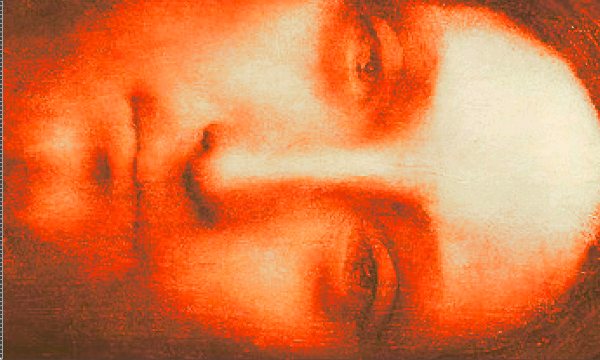
Personality color |
- True Colors uses the MBTI categories but emphasizes that everyone's personality consists of a combination of all four colors.
- The dominant two colors represent the core of a person's personality temperament.
- The four colors combine in varying ways to make up different personality spectrums.
|
My hands are of your color, but I shame to wear a heart so white.
(Shakespeare) |
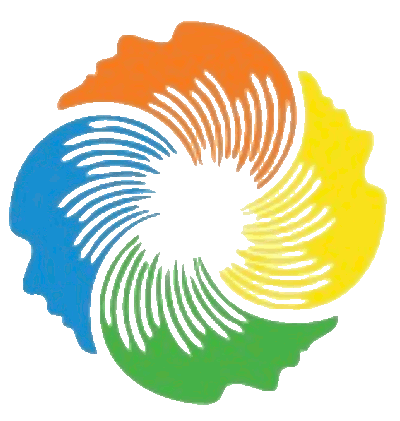
True
Colors logo |
- Green personality types are independent thinkers.
-
Yellow/Gold personality types are pragmatic planners.
- Orange personality types are very action-oriented.
- Blue personality types are very people-oriented.
|
Truth needs no color; beauty, no pencil.
(Shakespeare) |
|
Purpose and Meaning |

Mood, environment and emotions |
- Understanding the meaning of your personality and
temperament type is beneficial to knowing how you
operate and interact with the world.
- There aren't
any types that are good or bad, we need them all,
although some types are a lot rarer than other types.
- Personality tests are subjective, and various factors can influence them, such as mood, environment and emotions.
|
His divine power has given us everything we need for a godly life through our knowledge of him who called us by his own glory and goodness.And I will ask the Father, and he will give you another Helper, to be with you forever.
(2 Peter 1:3) |

Elephant |
- Many biblical counselors reject the use of modern psychology
because they believe it is not compatible with the Bible.
- Some biblical counselors arrogantly believe that no
one can fix spirtually-based psychological problems
except them, however, we should all be in Christ.
- One of these biblical counselors thinks that people
should follow legitimate subjects such as religion and
science but both of those are FAKE and made up, this
'religious' counselor is either not very knowledgable
or bigoted.
- However, we should never contradict
the Scripture and we should be in Christ (which is
basically love, not fake religion).
|
Never play with the feelings of others, because you may win the game but the risk is that you will surely lose the person for life time.
(Shakespeare) |
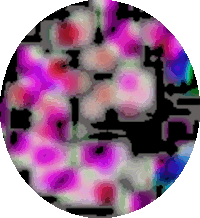
Sour grapes |
- While other 'integrationist' Christian counselors
believe there is value in modern psychology that can
be employed.
- Determining what
personality/temperament you are can be considered
worthwhile, while many other modern psychological
practices are very wrong and have been tagged as
pseudo-science because the whole area is so
subjective.
|
And I will ask the Father, and he will give you another Helper, to be with you forever.
(John 14:16) |

Full armor |
- One example of something wrong with the field of
psychology is when they attempt to solve psychological problems
with drugs, instead of spiritually, by working with
the psyche annd removing guilt, shame and fear.
-
There are many practioners who do a great job with
assisting others with problems such as raising
self-esteem, self-confidence and calming techniques,
etc.
- Unfortunately, a large part of their job seems to be assisting those who suffered the harmful
psychological damage caused by narcissists who are
running rampant in society now.
|
Therefore, if anyone is in Christ, he is a new
creation. The old has passed away; behold, the new has
come.
(2 Corinthians 5:17) |
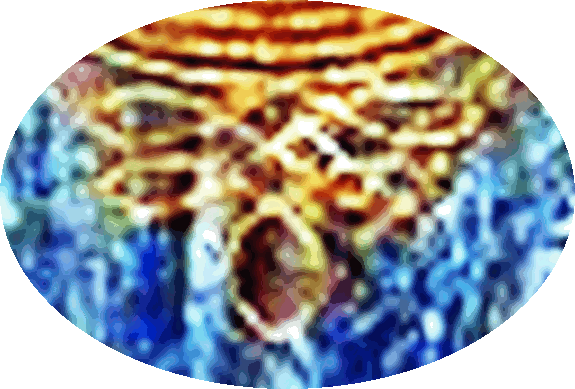
Endless knot |
Moral of the story!
- Personality tests are also useful for
determining who can perform the best on a team; you
need a balance of many types.
- One negative is that corporations and
governments can use the tests to pigeon-hole or
discriminate (like when they stopped hiring thinkers
and instead hired all talkers, disaster).
- No different than when the public schools
started training children to be extroverts because
introverts were deemed 'bad' by them (the future
engineers of the world).
|
Signed by Leonardo DaVinci
|
|

